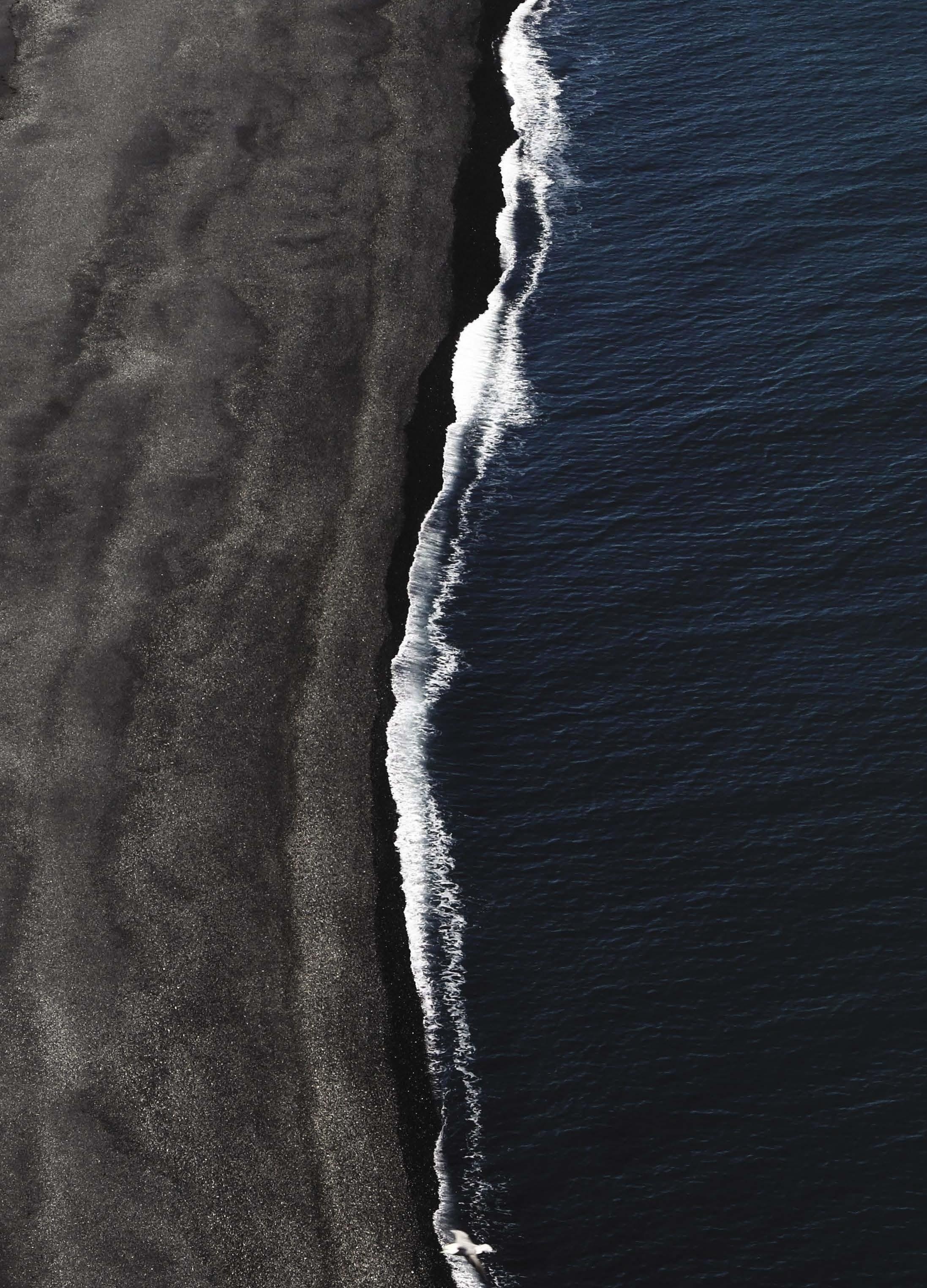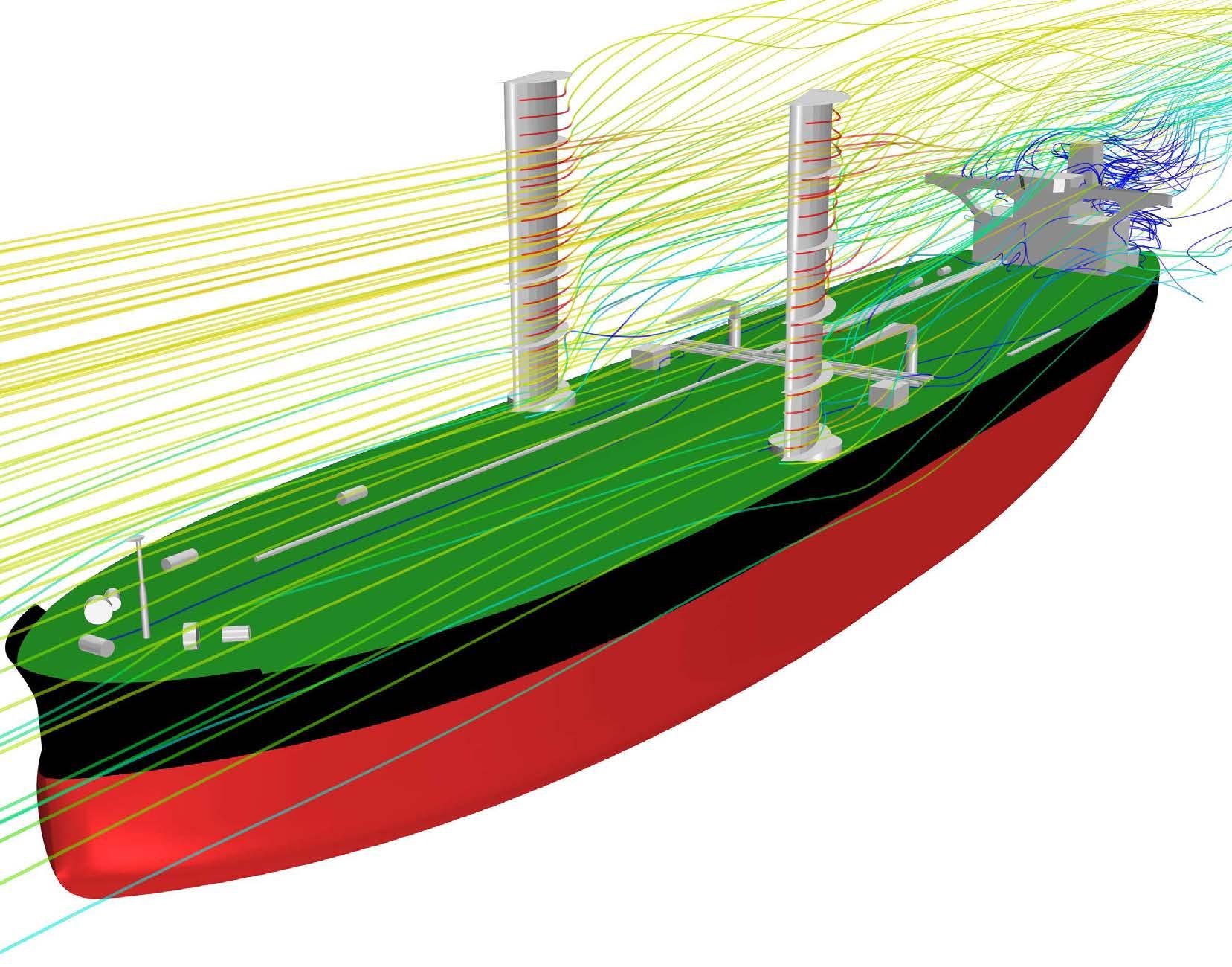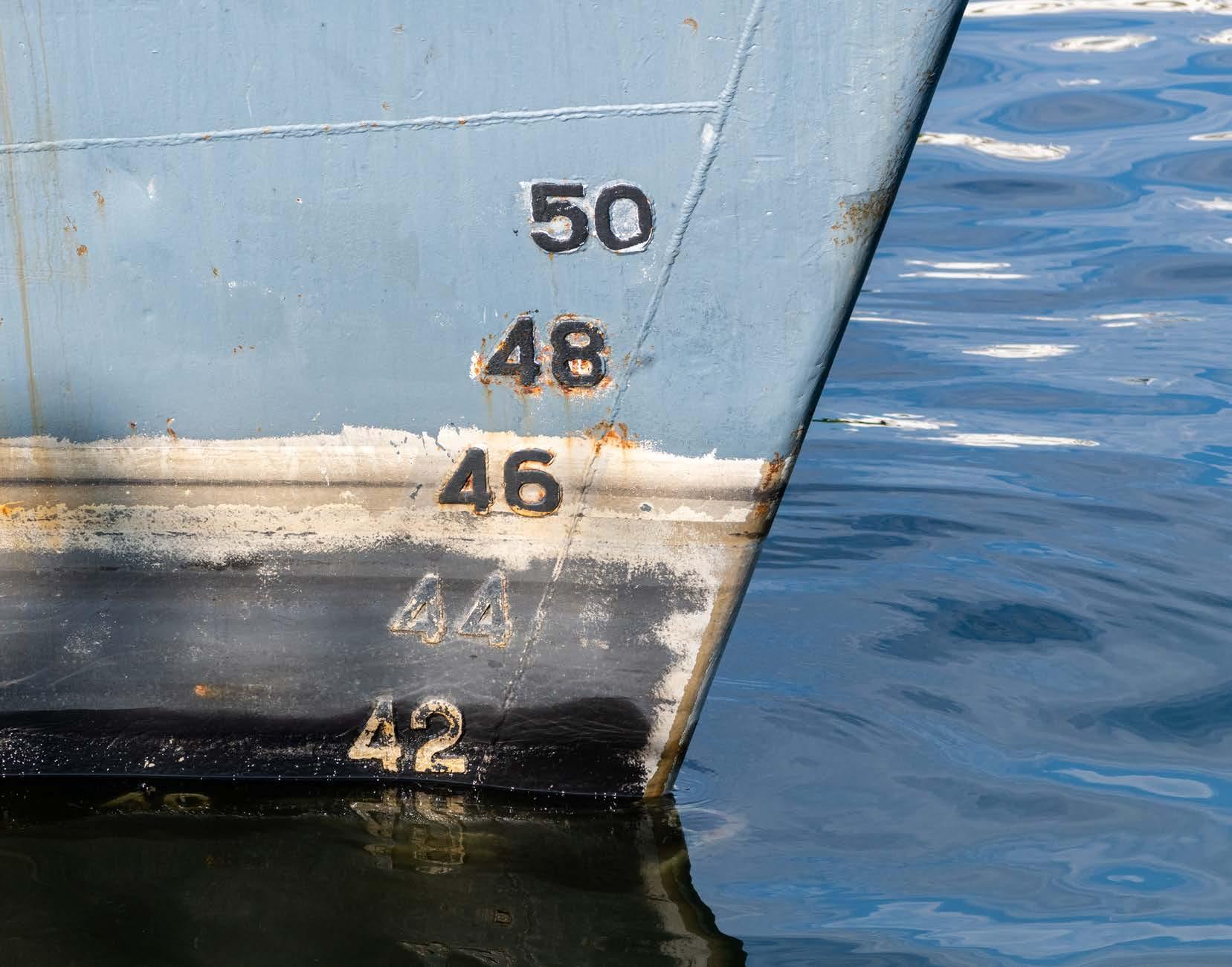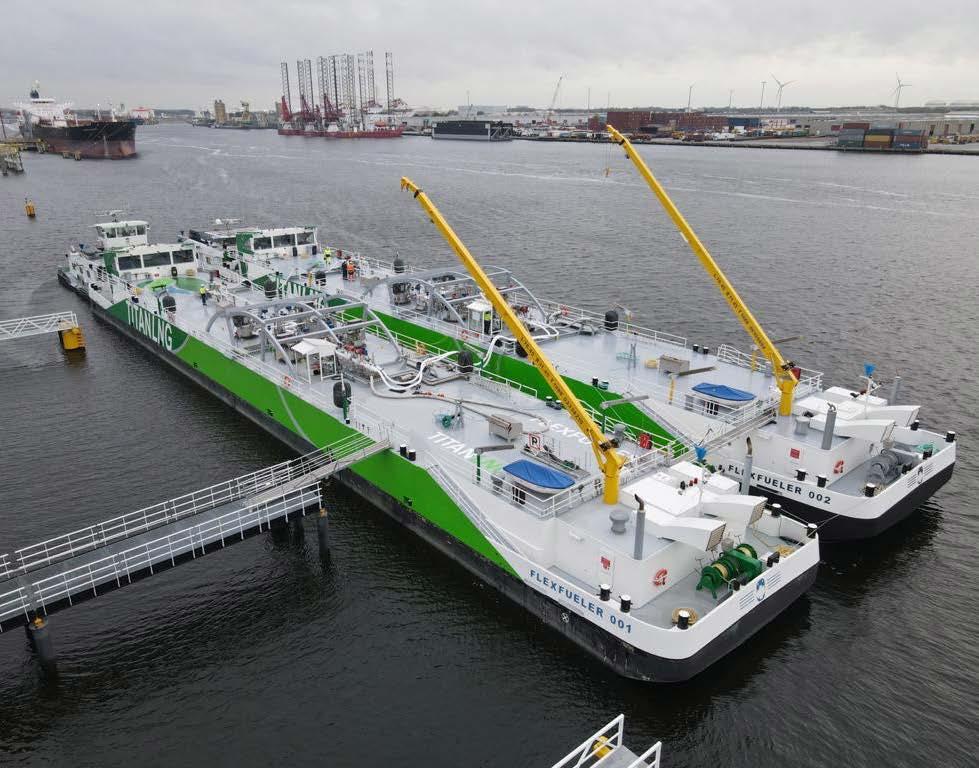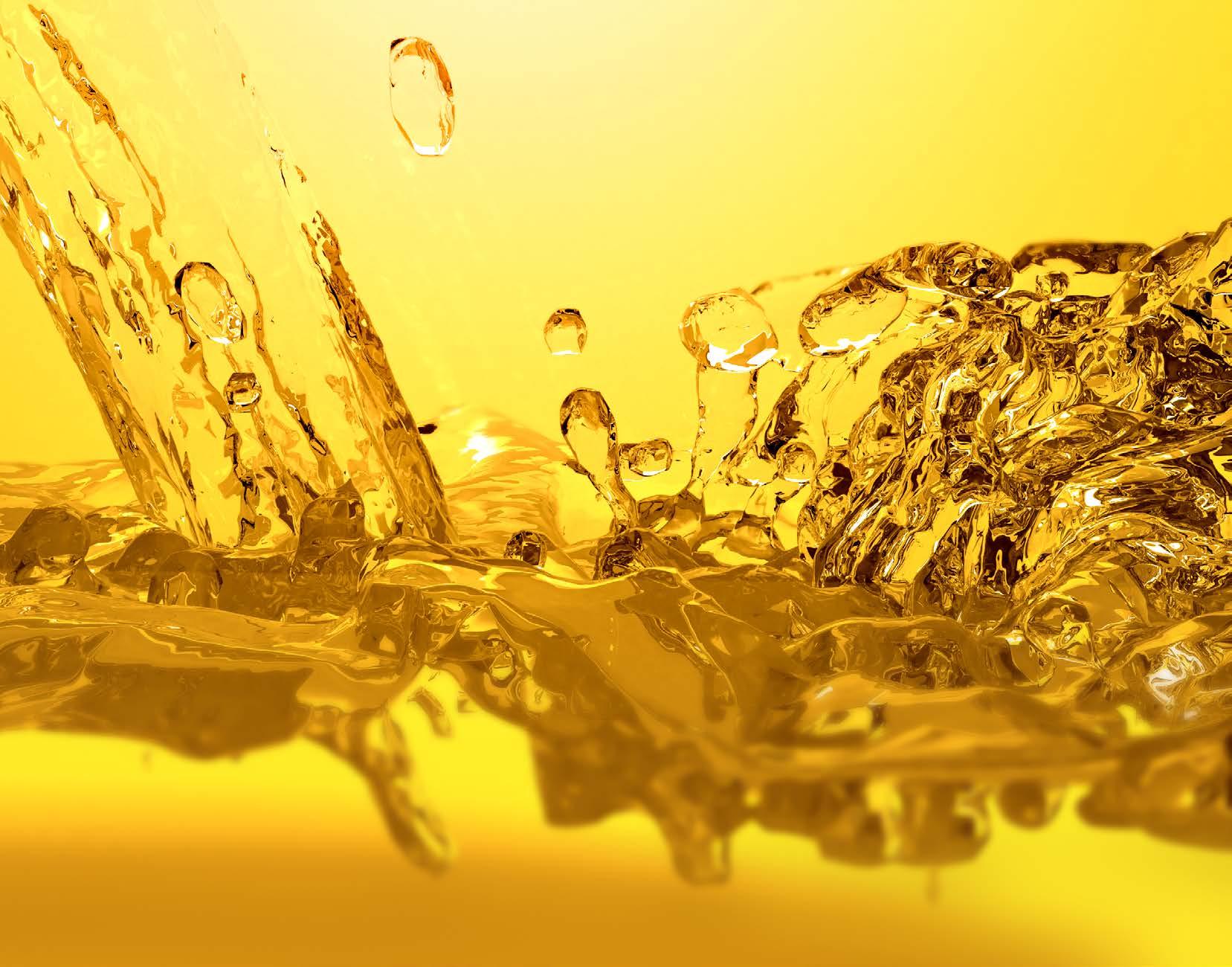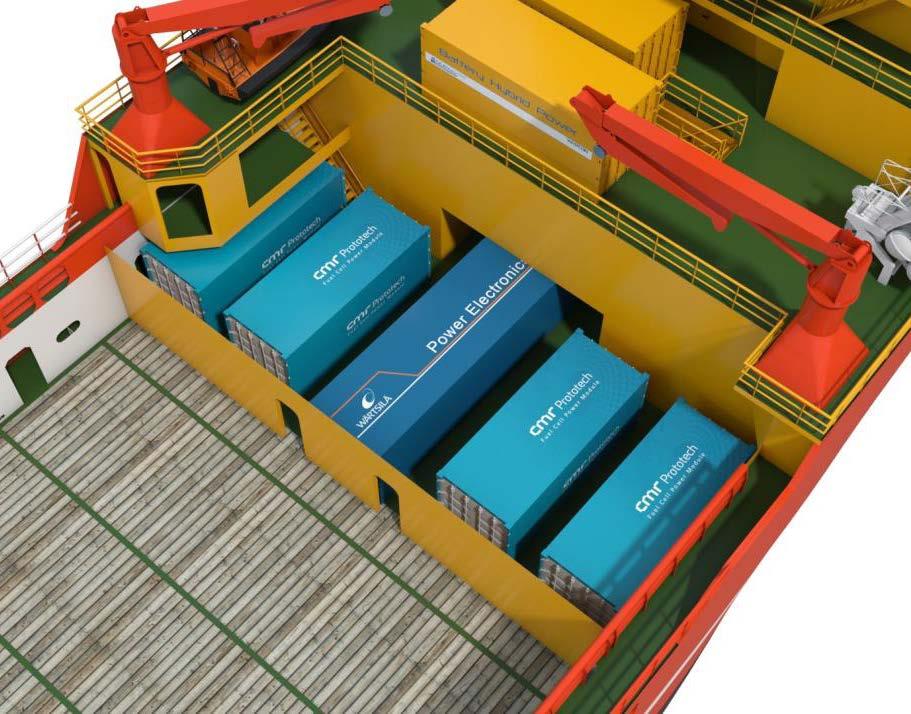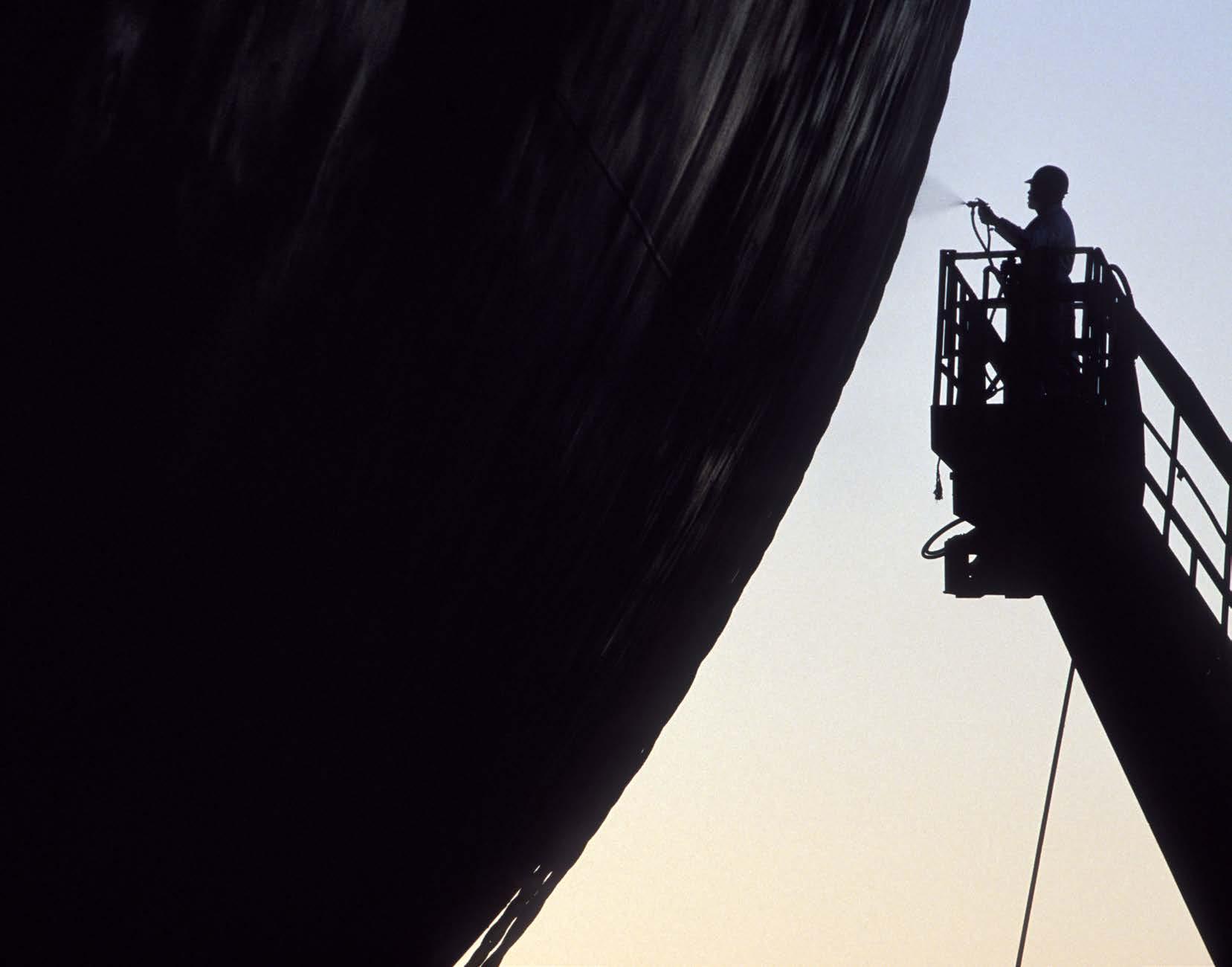
8 minute read
INTERVIEW
from CSI Spring 2021
by Maritime-AMC
As Founding Chair of the newly formed GloFouling Alliance, Darren Jones is tasked with bringing together industry leaders to tackle two pressing IMO environmental objectives, a remit that has far-reaching effects, he tells Clean Shipping International
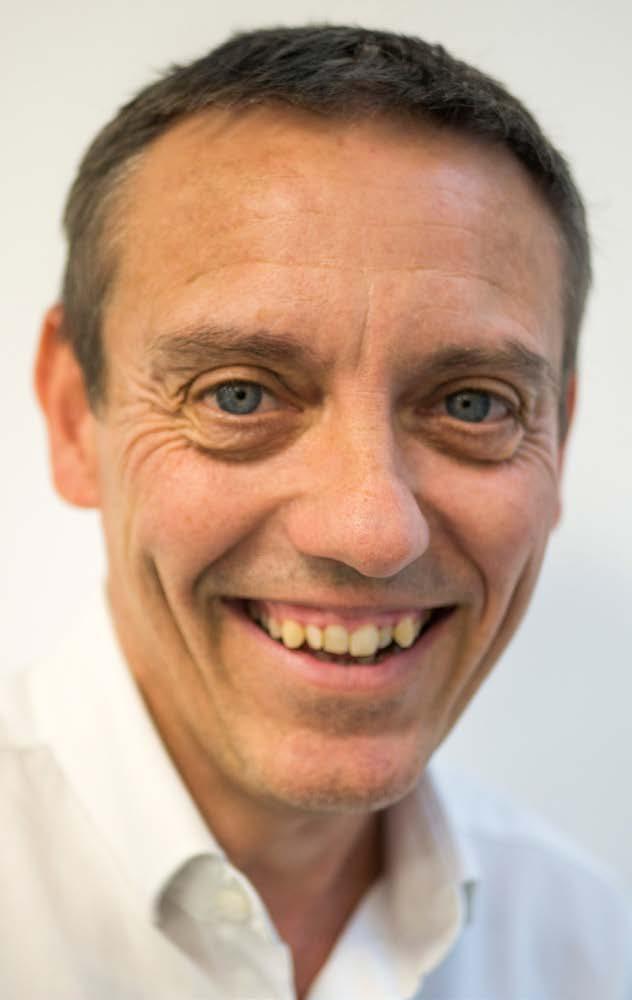
Darren Jones Director, Sonihull
TIME TO TACKLE THE INVADERS
Darren Jones, director of Ultrasonic antifouling system provider Sonihull is taking up the Founding Chair of the International Maritime Organization’s (IMO) GloFouling Alliance (GIA).
To give it its full title, he is Chair of the Global Industry Alliance (GIA) for Marine Biosafety, part of the IMO’s GloFouling Partnerships project, often shortened to the “GloFouling Alliance”.
The GIA was launched in June 2020 to bring together shipping industry stakeholders, the private sector and global regulators to address the impact of biofouling on greenhouse gas (GHG) emissions and the transfer of harmful aquatic species.
In essence, the partnership is a collaboration between the Global Environment Facility (GEF), the United Nations Development Programme (UNDP) and the IMO.
Also involved are more than 50 strategic partners, which include government agencies, industry associations, international non-governmental organisations (INGOs), academia and other international and regional inter-governmental organisations that share the same goal.
Jones explains that GloFouling is a global initiative, designed to bring together committed leaders from maritime, shipping, ocean energy, aquaculture and other ocean-based industries, to support two pressing IMO environmental objectives via improved biofouling management — namely, to protect marine biodiversity and decarbonise shipping.
“Environmental” no longer means “expensive”, he says. Done correctly, preventing biofouling will be the exact opposite. Carbon and costs can both be reduced with existing technologies and that means that all countries can benefit from a united approach, especially those whose marine environments and livelihoods are most likely to be damaged by invasive species.
Explaining the task ahead, he says that, in a nutshell, the aim of the GIA is to tackle two of the most pressing environmental issues of our time — invasive species and GHG
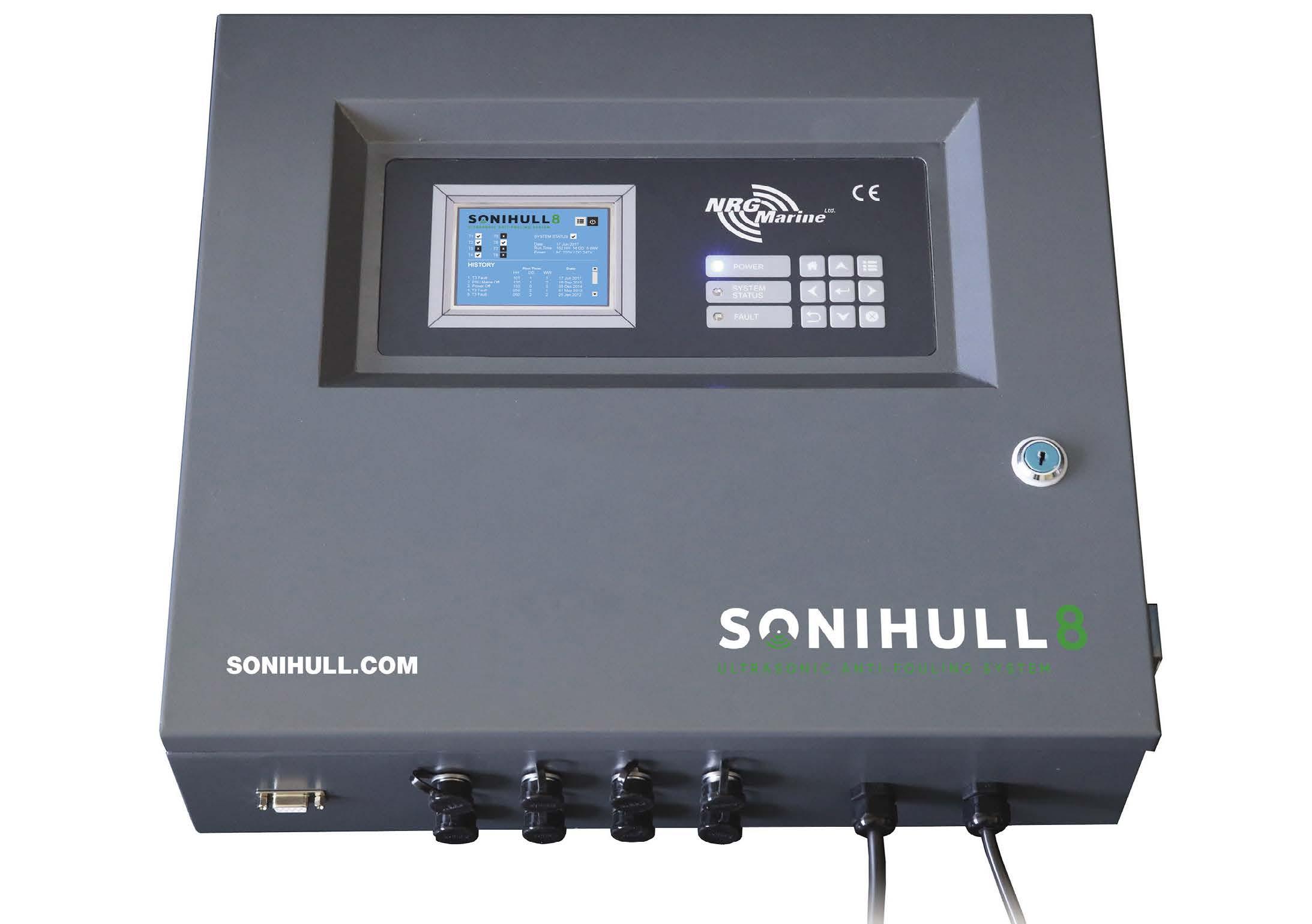
A Sonihull control unit
emissions — while ensuring operational efficiencies for operators, ports and other areas of the industry.
Although “environmental” in title, these goals mirror the operational pressures on the world’s fleet. Operators are trying to reduce CO2 emissions and fuel consumption, which are directly linked to the control of biofouling.
Jones’s short-term goals include the standardisation of data gathering to improve measuring, and the aggregation of the most practical solutions from the world’s leading technologies.
As antifoulings are probably one of the costliest aspects of vessel efficiency, Clean Shipping International asked whether it was the intention to eventually replace antifoulings with a new type of coating.
Jones reveals that biofouling, and its prevention, costs the commercial maritime sector an estimated $100bn annually. While there is no “silver bullet”, there are significant margins to be gained from implementing existing technologies.
Currently there are around 94,000 ships in the world’s merchant fleet, with a total capacity of 2bn deadweight tonnes. Thus, it is going to be impossible to implement 100% zeroemissions vessels in the immediate future. But, by combining new technologies and existing technologies, marine industries will be able to meet the economic and environmental challenges created by biofouling, without restrictive capital costs, without unnecessary downtime and without leaving a toxic legacy.
“Steel vessels will always need to be coated, for corrosion protection and for biofouling prevention. I see these coatings being developed to work in harmony with other measures so that they enhance advances being made in hull cleaning systems, ultrasonic antifouling systems and extended drydock/repainting intervals,” he says.
At the time of writing, none of the major paint manufacturers had joined the GIA partnership. However, by 2026, any marine anti-fouling system that uses a biocide will have to be re-submitted for very lengthy and expensive approvals.
“Coating industry insiders already expect that many of the current biocide systems will be discontinued before 2026, as demand grows for future-proof biocide-free solutions,” Jones explains.
“The IMO’s ultimate goal is for ‘zero-harm’ solutions, where poisons can be factored out, at the same time as addressing invasive species control and maintaining or improving vessel performance.
“It is hoped that the coating majors will engage with the GIA in the coming months so that the industry can tackle these issues together, combining the best of all the available technologies to develop viable and effective anti-fouling systems that are fit for the future,” he added.
Addressing the question of hull cleaning bans in certain areas of the
world and how the GIA is going to address this, Jones says that all of the bans were as a direct result of invasive species concerns.
“The processes, legislation and technology that has developed in recent years to control invasive species in ballast water gives us the pathway needed to apply the same measures to protect against invasive species that arrive on hulls, or in seachests, or on box cooler elements,” he says.
“With effective legislation and practices, such as remotely operated vehicles and self-contained cleaning systems, it should be relatively simple and viable to ensure that vessels are clean when they depart, clean in transit and clean when they arrive.”
FUEL SAVINGS
Turning to propeller and rudder polishing, which have become popular, as more owners and operators see the financial benefits, Jones says: “I think owners and charterers will always adopt designs and maintenance regimes that save them money. A dedicated propeller and hull cleaning programme executed on an Aframax tanker can deliver nearly $2m in fuel savings in the five-year period between drydockings.
“But prop-cleaning does have its downsides. It still involves expensive diving teams between drydocks and the newly clean surfaces begin to foul immediately after polishing. This means that the operator gets a ‘sawtooth’ effect in their fuel efficiency figures and transit times between major drydocks — along with the associated spike in CO2 emissions,” he says.
He adds that, by contrast, ultrasonic antifouling systems, such as those offered by Sonihull, cost a fraction of diving and polishing regimes and maintain clean propellers, control surfaces and operating speeds between drydocks. These systems are already being used on hundreds of commercial propellers and hard-toreach niches, saving millions of dollars in fuel consumption and millions of tonnes of CO2 each year, he says.
Describing the relevance of cathodic protection, he says that Impressed Current Anti Fouling (ICAF) systems are still relevant, although “we’ve seen that in warmer waters like those plied by ships in the Middle East Gulf, they are much less effective.
“Seachests and box coolers are an integral part of a vessel’s efficiency and they remain a mainstay of Sonihull’s commercial marine installations. If fouling develops in a seachest and on box cooler elements, cooling systems will not perform as designed and you could end up with some very costly downtime. They also present the ideal environment for invasive species transport,” he says.
Traditional seachest and box cooler systems rely on either chemical dosing or ICAF systems with sacrificial anodes to flood the seachests with poisonous chemicals and keep weeds algae and molluscs at bay. Both of these have their downsides — ICAF systems require very regular replacement of expensive copper anodes, while dosing systems require a large on board supply of hazardous chemicals.
Ultrasonic systems use physics instead of chemistry to keep these niche areas clear of marine biofouling and they remain effective regardless of water temperature and vessel activation.
Vessels operating with ICAF systems to protect their box coolers, can save more than 90% of these systems capital and lifetime maintenance, repair and operation costs if they are replaced with Sonihull systems, he claims.
If a vessel is off-hire, due to reduced demand or lock-down restrictions, it is under attack while just sitting at anchor. Anti-fouling coatings don’t work when the vessel is stationary and ICAF systems will only work properly when main systems are running.
Sonihull systems require a fraction of the power of ICAF systems and will protect idle ships’ cooling systems from biofouling and avoid the need to drydock, to clear the seachests, before safely re-commissioning.
In addition, there is no draining, cutting, drilling or welding needed. So, there’s not a requirement for class re-surveying, Jones says. They can be fitted by small, isolated teams in a matter of hours. This means that work can be carried out in accordance with COVID-mandated guidelines and can even be fitted while a vessel is at sea.
Continuing to talk about Sonihull, Jones says that the company is already delivering results for worldwide fleets, helping commercial shipping realise efficiencies that traditional antifouling approaches are not capable of delivering.
He claims that Sonihull is a “zero-harm” system that can banish biofouling in refrigerated seawater pipework, seachests, propellers, box coolers and rudders without extra cleaning regimes, poisonous biocides or microplastic pollution from ablative coatings.
Sonihull can keep propellers clean between drydockings — removing up to 20% of five-year fuel costs and millions of tonnes of associated CO2 emissions.
In large vessels, before counting the reduced maintenance costs, Sonihull systems pay for themselves in about four to six weeks, in fuel savings alone, Jones claims.
ULTRASONIC SOUND
Explaining how the company’s ultrasonic system works with hull coatings today and how it is controlled, he says Sonihull works with any hard surface that can support an ultrasonic sound wave.
Silicone-based coatings can dampen the resulting signal, but all other coatings are compatible. It is a fit-andforget system with central control and fault-monitoring, he says.
Through the process of ultrasoundinduced non-inertial cavitation, microscopic bubbles are created as the pressure drops and are popped as the pressure increases.
Jones says that this process should not be confused with inertial cavitation, which is the process caused by massive pressure differences on propeller blades or inside large pumps — the forces involved in ultrasonic induced non-inertial cavitation are several orders of magnitude smaller and will not damage metal or painted surfaces.
The resulting water movement inhibits the creation of a biofilm and the colonisation by larger, more complex organisms. The micro-jets created during bubble-collapse have been proven to prevent barnacle and mussel larvae from embedding on the surface.
